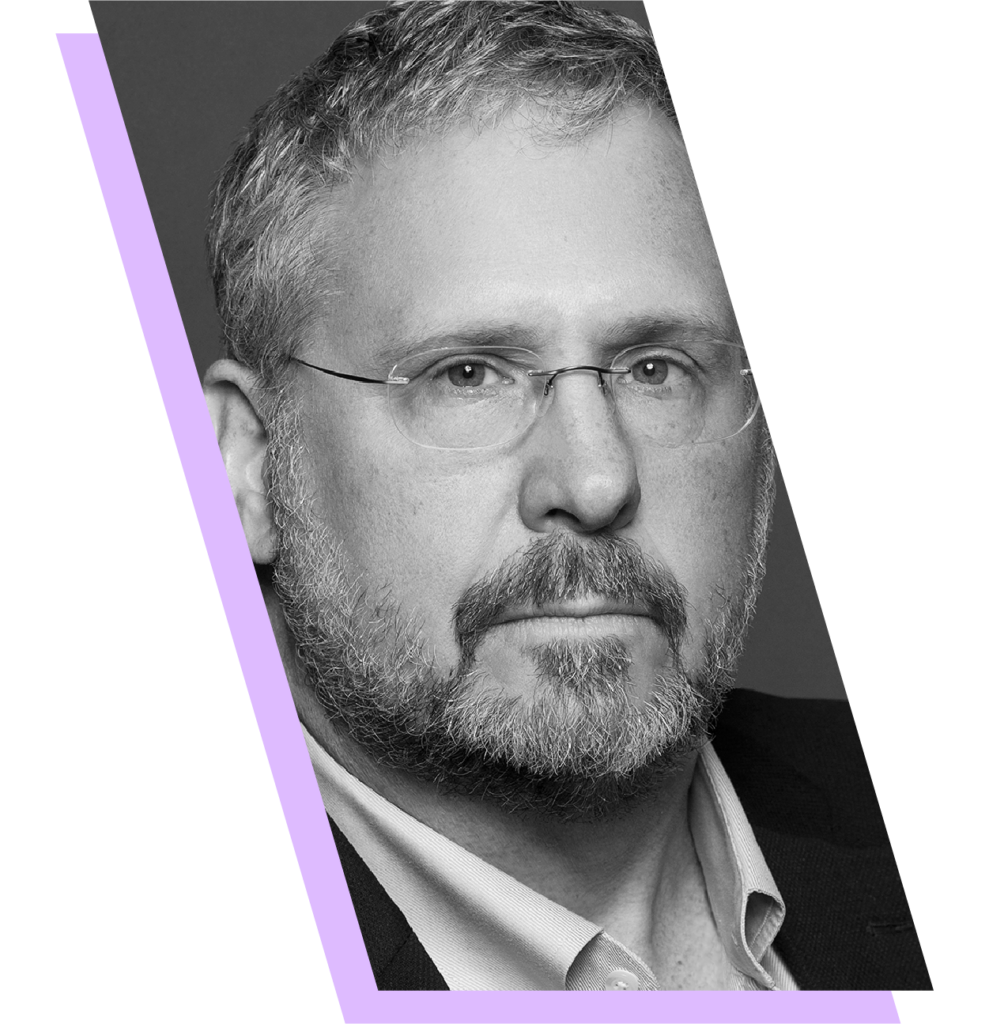Google search is the font of all knowledge, and often, the start of all business opportunities. A globally known marketing research company published a report a while back[1] that showed that 60% of enterprise IT projects(AKA super expensive software whose price tag is usually north of $1M), start with Google Search. It is likely that this translates into other types of searches.
It is important to remember that there are two types of searches. The type of searches that comes from Google’s Algorithm is known as “natural search”. The type of searches that come from advertising is known as “paid search”. The benefit of natural search is that it is “free”. However, as bromide “freedom isn’t free” suggests, natural search is not “free” either. You can improve your natural search position, but it takes time and effort. This article will cover an outline of what is needed to do well in natural search.
Why Natural Search is Important
Natural search is important because most of the meaningful interactions with Google are in the form of natural search on http://google.com. The order in which links show up on Google is also hugely important. It can mean the difference between success and a lifetime of obscurity. The Click Thru Rate (or CTR) of the first item in natural search results is roughly 27.6%, meaning nearly 28% of the time the item is searched for, the first item gets clicked on. This is according to research done by Backlinko, a Search Engine Optimization (SEO) agency.
However, the research also found that a first-place ranking on search results will get 10x more traffic than a link at position 10. At the time of this writing, there are about 8.5 Billion searches per day. So improving your natural search results can have a huge impact on your web traffic.
The Crawler and the Algorithm: The Root of SEO
How does this all work? On the face of it, it is pretty simple. Google has programs that scan all the websites it can find. It then puts the results in a database. These are known as the “Googlebots” or crawlers. If you look at your website HTTP logs, you may see Google crawling your site several times per day.
The crawlers then scan the contents of your web pages and rank them based on a closely held set of criteria known as “The Algorithm”. Google does not release the algorithm, but they do give hints from time to time. It is also possible to reverse-engineer some of the factors that will raise your ranking in a natural search result.
Write to be found, not to be read
Given all this, it is important that your website content be written to be found. Because if it can not be found, it will not be read. Does this mean website content has to be written in a stilted fashion to satisfy Google? No, but it does mean there are ways to build web pages and blog entries so that they will rank higher.
How should content be written to rank higher? This list is seemingly endless and will be covered in future articles. For now, a key recommendation is to think about keywords. That is, think about items of the words and phrases Google users will type into the search box. Then include those keywords in your web pages. Indiscriminately? No. Here are some basic “best practices”. When writing a web page, do the following:
-
- Include the keyword in the title, ie in the <title> tag, as close to the beginning of the line as possible.
-
- Make sure to use the keyword in the first 15- words of text
-
- Make sure to use your keyword in at least one <h1> or “header tag”.
-
- Make sure to use your keyword 5-7 times in the text.
-
- Make use of “meta” and other HTML tags. The keyword should be included in the description and the ALT tags.
There Is So Much To Do: Want to know more?
In reality, there is so much more to do. SEO is a game of inches and requires attention to detail and a decent knowledge of technology. Not only that, it is not something that can be done once and forgotten. Search rankings require constant tending, because content is always changing, and Google is constantly changing its algorithm.
If you have more questions about SEO, marketing, or telling your story, drop us a line at https://www.gohealy.com/talk-to-us/.
About the Author
 Bill Roth is a multiple-time Silicon Valley Chief Marketing Officer and VMware’s former Chief Cloud Economist. He is a 30-year veteran of the enterprise software industry. He has been a programmer, economist, journalist, marketer, tech evangelist, runs product management organizations, and is generally intellectually restless. He has worked for such companies as BEA, Sun, Morgan Stanley, and startups like LogLogic, and Nexenta. He lives in his hometown of San José, California. Bill is on LinkedIn.
Bill Roth is a multiple-time Silicon Valley Chief Marketing Officer and VMware’s former Chief Cloud Economist. He is a 30-year veteran of the enterprise software industry. He has been a programmer, economist, journalist, marketer, tech evangelist, runs product management organizations, and is generally intellectually restless. He has worked for such companies as BEA, Sun, Morgan Stanley, and startups like LogLogic, and Nexenta. He lives in his hometown of San José, California. Bill is on LinkedIn.
